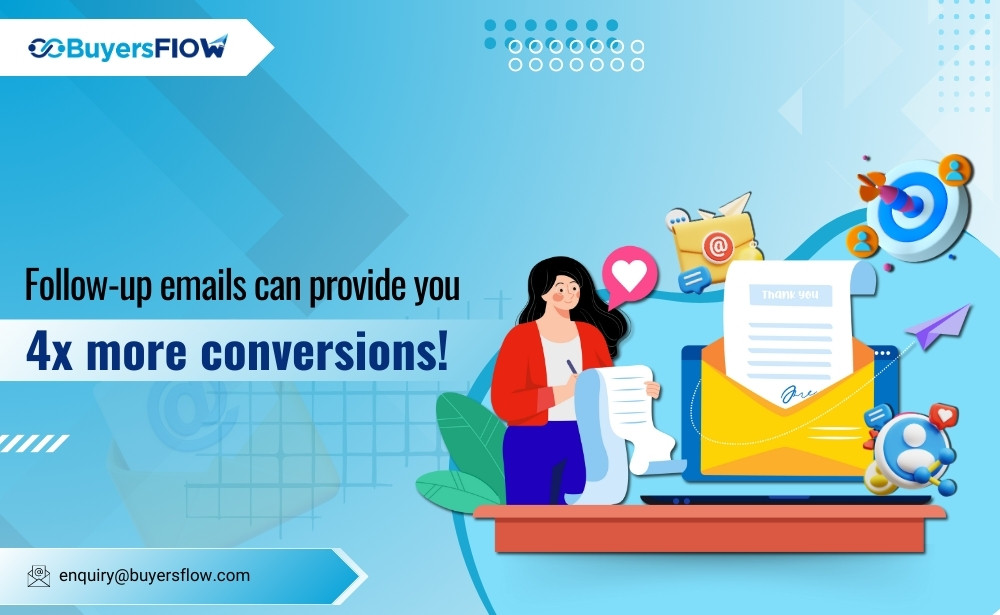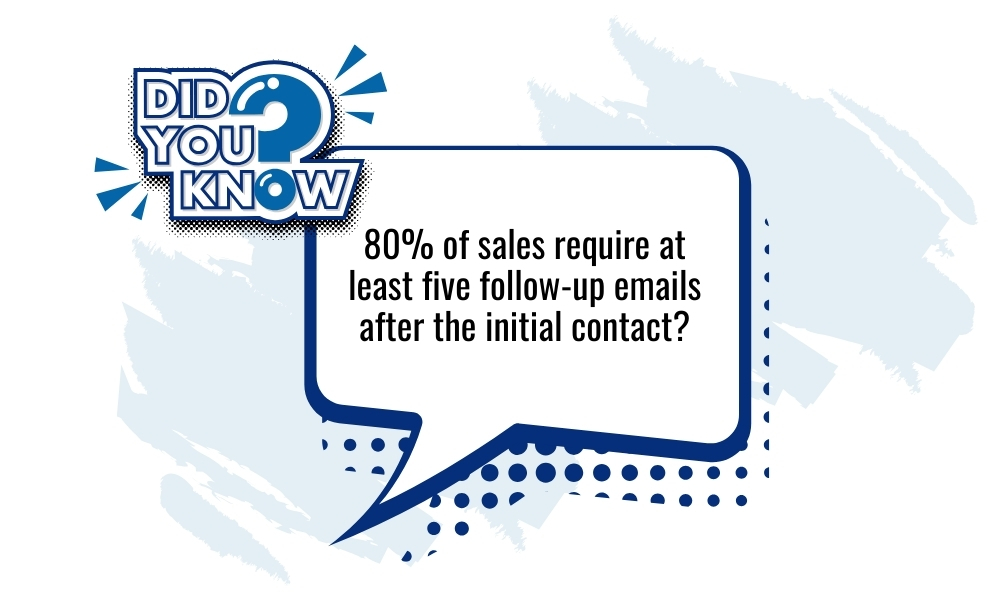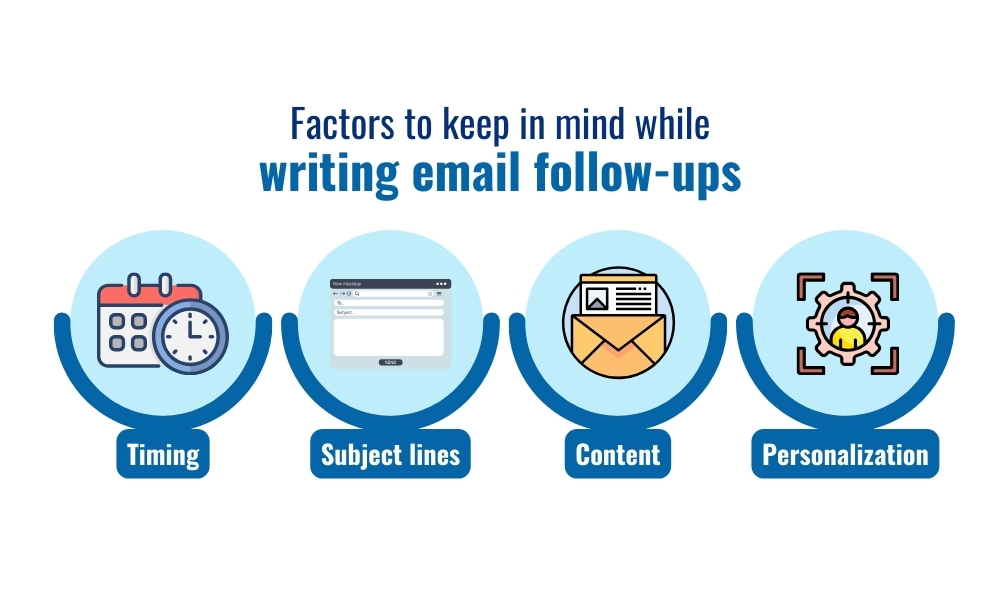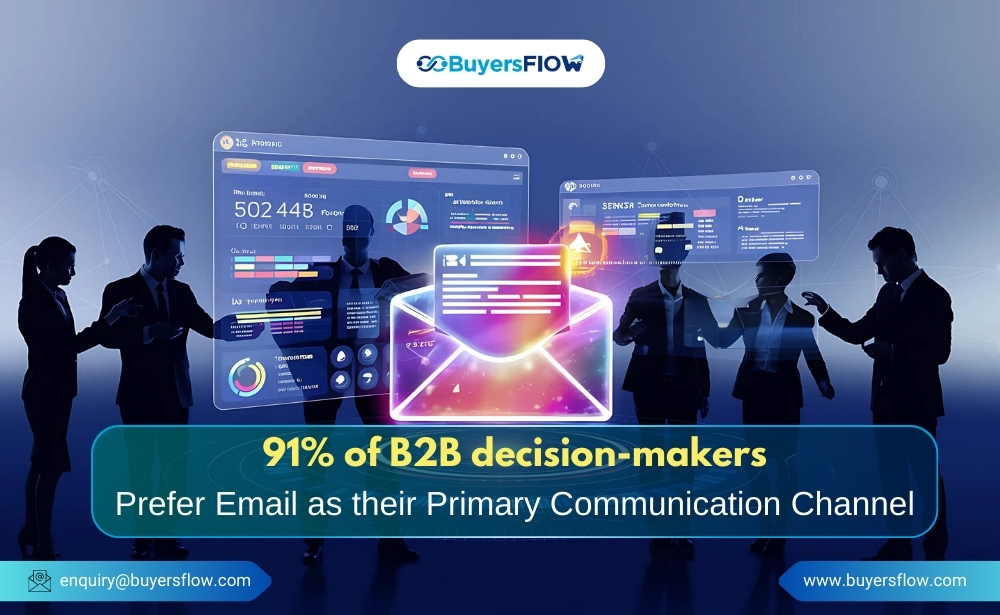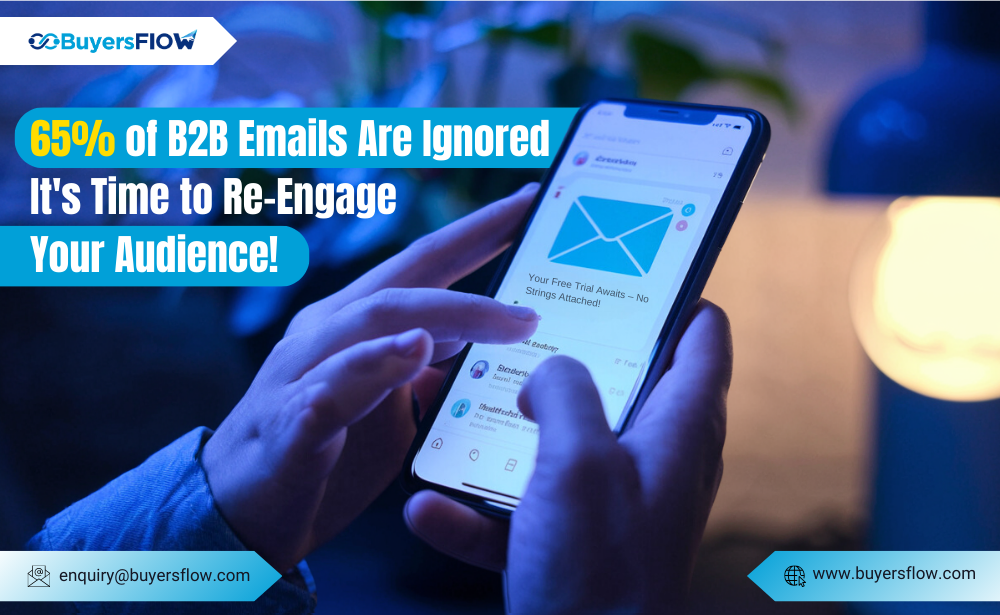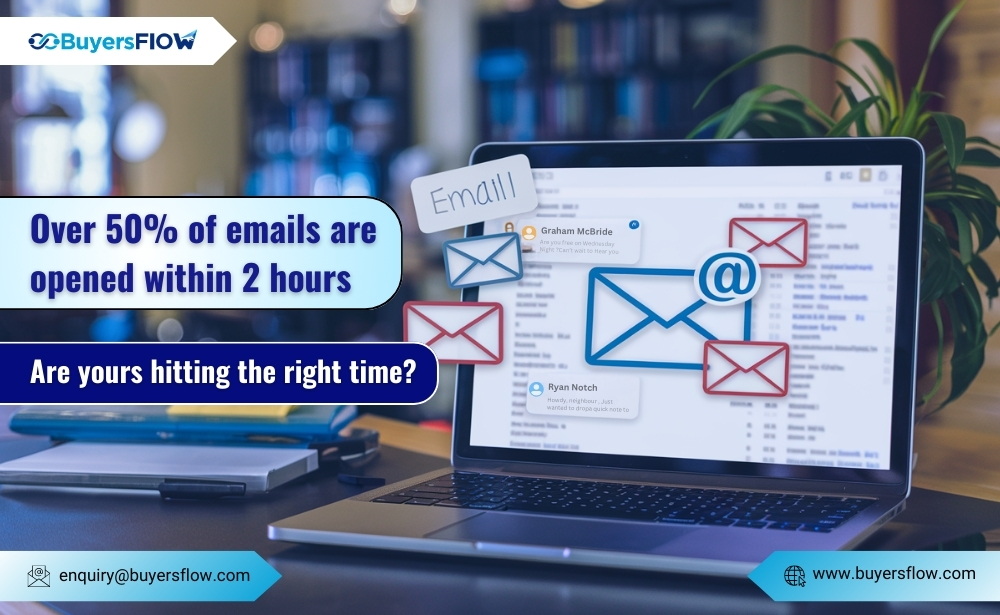You know the feeling when you’ve sent an important email and anxiously awaited a response, only to be met with silence. It’s frustrating, right? However, this can be fixed with a follow-up email. They are your secret weapon to staying on someone’s radar and keeping the conversation going.
As we move into 2024, AI and automation are transforming how we handle email follow-ups, making the whole process smoother and more effective. Now let us explore that in more detail.
The Importance of Follow-Up Emails
Email follow-ups are essential in many industries, from sales and networking to project management and customer service. They serve as gentle reminders, prompt action, and keep the conversation going.
In scenarios like networking or client meetings, they ensure that you stay top of mind and reinforce your interest and professionalism. Following up with your clients significantly improves response rates and engagement, leading to better outcomes in your professional interactions.
Best Ways to Compose
Timing: Typically, a good rule of thumb is to wait 2-3 days after the initial email before sending your first follow-up. Subsequent follow-ups should be spaced out further to avoid overwhelming the recipient.
Subject Lines: A well-crafted subject line increases the likelihood of your email being opened. For instance, “Quick Question on Our Last Meeting” is direct and piques curiosity.
Content: Keep your emails short and to the point. Highlight the value you bring and be clear about the purpose of your email. For example, if you’re following up after a sales pitch, reiterate the key benefits of your product and any next steps.
Personalization: Use the recipient’s name, reference past interactions, and tailor your message to address their specific needs. This shows that you value the relationship and have invested time in crafting your message.
Leverage The Power of AI
With advancements in AI, crafting a follow-up email has become more streamlined and efficient. AI tools can help you personalize emails, maintain consistency, and save time. Advanced tools offer automated content suggestions, predictive analysis, and customization options that enhance your email strategy.
Automate Follow-Up Sequences
Email automation tools have revolutionized how we manage email sequences. These tools save time, ensure consistency, and allow for customized follow-up strategies. Setting custom delays, using conditional triggers, and email segmentation are some best practices for automation.
For example, an automated sequence could be set to send a follow-up three days after the initial contact, with subsequent emails triggered based on the recipient’s actions or responses. This ensures that your follow-up strategy is dynamic and responsive to the recipient’s behavior.
Common Mistakes to Avoid
While follow-up emails are powerful, there are common pitfalls to watch out for. Those are;
- Avoid being too pushy or using generic language that doesn’t add value.
- Maintain a balance between persistence and respect for the recipient’s time and attention.
- Personalize your emails, keep them concise, and ensure that each follow-up offers something of value.
Conclusion
Follow-up emails are essential for maintaining effective communication. By adopting best practices, utilizing AI tools, and automating your follow-up sequences, you can significantly improve your email strategy and achieve outstanding results.
Ready to take your follow-up game to the next level? Try BuyersFlow today and take your email marketing to the next level.
